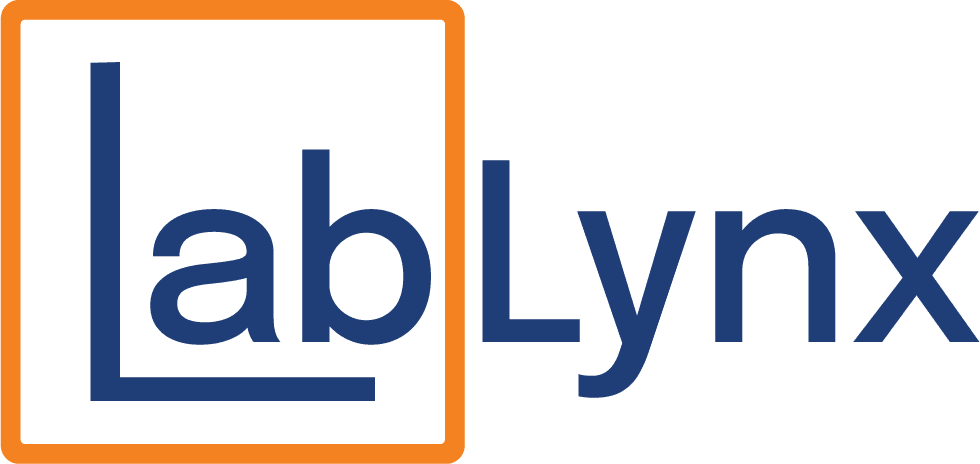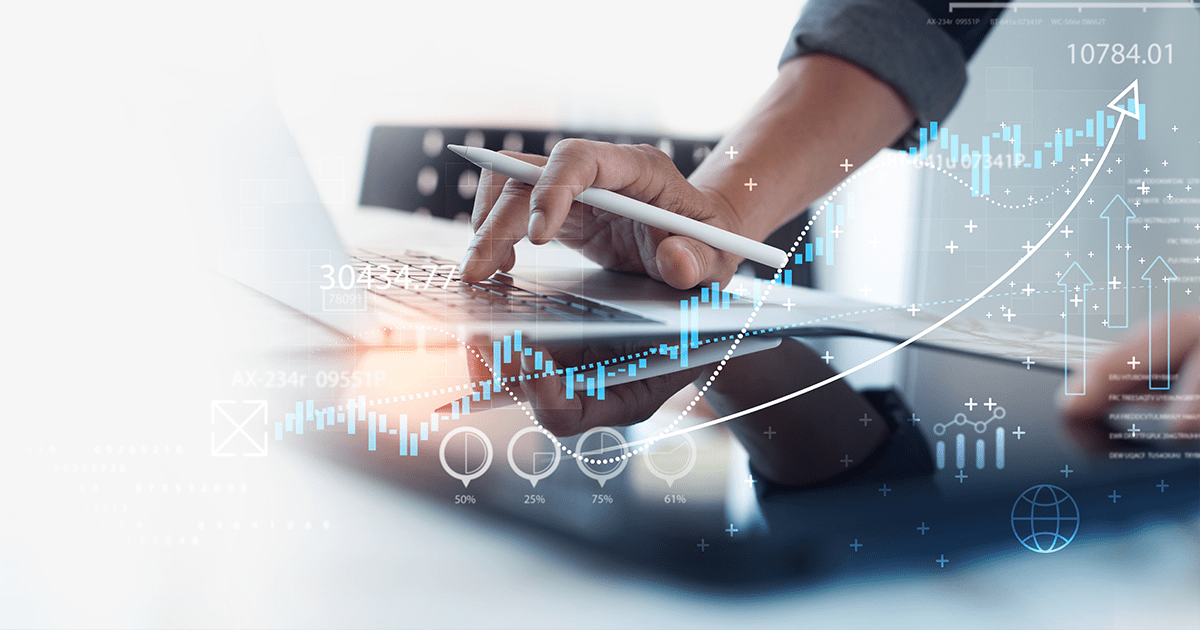
Today’s laboratories generate more data than ever before—but the true value of that data depends on how well it is managed, interpreted, and applied. That’s where laboratory informatics comes in. As the backbone of digital transformation in the lab, laboratory informatics connects people, instruments, and processes in real time to accelerate discovery, improve quality, and ensure compliance.
From life sciences and pharmaceuticals to food safety, environmental testing, and clinical diagnostics, laboratories are under increasing pressure to deliver fast, accurate, and reproducible results. Laboratory informatics provides the tools and framework needed to meet these demands and fuel scientific progress. In this article, we’ll explore the meaning of laboratory informatics, why it matters, and how the LabLynx LIMS Suite, ELN Suite, and Lab Automation Suite empower labs to work smarter and lead confidently into the future.
What is Laboratory Informatics
Laboratory informatics refers to the application of information technology to manage scientific data, workflows, instruments, and knowledge within the lab. It includes software systems that capture, process, analyze, store, and share laboratory data in a secure and structured manner.
Key components of a laboratory informatics ecosystem include:
- LIMS (Laboratory Information Management System): Automates workflows, manages sample tracking, inventory, compliance, and reporting.
- ELN (Electronic Laboratory Notebook): Digitally records experimental observations, procedures, and research notes.
- SDMS (Scientific Data Management System): Organizes large volumes of raw and processed data from analytical instruments.
- Instrument integration: Automatically collects data from instruments to eliminate manual transcription errors and delays.
- Analytics and dashboards: Provide real-time insights, performance trends, and data-driven decision-making.
Rather than operating in silos, these systems work together to create a connected digital lab where processes are automated, records are complete, and results are defensible.
Why Laboratory Informatics is Essential to Scientific Advancement
Scientific progress relies on precision, consistency, and the ability to build upon past findings. Paper logs, disconnected spreadsheets, and fragmented systems can hinder reproducibility, slow research, and increase risk. Laboratory informatics solves these problems by standardizing data capture, maintaining data integrity, and enabling seamless collaboration.
Top reasons laboratory informatics is driving progress:
- Accelerated innovation: Informatics platforms automate data collection and reduce manual tasks, freeing researchers to focus on discovery and development.
- Improved reproducibility: Detailed digital records make it easier to replicate and validate studies, which is critical in both academic and commercial research.
- Compliance readiness: Informatics tools maintain audit trails, enforce SOPs, and ensure regulatory compliance with standards like CLIA, HIPAA, ISO, and FDA 21 CFR Part 11.
- Global collaboration: Centralized, cloud-based informatics systems allow teams across multiple locations to access and contribute to shared projects and datasets.
- Better data utilization: With integrated analytics and visualization, labs can identify trends, optimize operations, and make faster, evidence-based decisions.
From improving drug development pipelines to ensuring the safety of food and water, laboratory informatics is redefining what’s possible in modern science.
How LabLynx Supports a Modern Informatics Strategy
LabLynx offers a robust ecosystem of informatics solutions designed to meet the needs of diverse laboratories. Whether you’re managing routine testing or conducting cutting-edge research, our LIMS, ELN, and Lab Automation Suites are tailored to streamline your operations, safeguard your data, and enhance your outcomes.
LabLynx LIMS Suite
The LabLynx LIMS Suite enables full sample lifecycle management, workflow automation, inventory tracking, and regulatory compliance. Designed for flexibility, it can be configured for various laboratory types including clinical, environmental, pharmaceutical, and food and beverage labs. With built-in audit trails, quality control features, and custom reporting tools, our LIMS Suite ensures complete traceability and operational control.
LabLynx ELN Suite
Capture and preserve intellectual property with our ELN Suite, which replaces paper notebooks with structured, searchable, and secure digital records. Ideal for R&D, method development, and collaboration, the ELN supports rich data types including images, charts, tables, and links to external data, enabling more comprehensive and compliant research documentation.
LabLynx Lab Automation Suite
The Lab Automation Suite connects instruments, integrates systems, and automates repetitive tasks. By minimizing human error and accelerating data processing, it enhances throughput and consistency across lab operations. Our platform also supports advanced workflows such as real-time alerts, conditional logic, and smart data routing to maximize productivity and reduce downtime.
The Evolution of Laboratory Informatics
The journey of laboratory informatics is a story of transformation—from analog to digital, from isolated to integrated, and from passive record-keeping to proactive scientific intelligence. Understanding this evolution offers critical insight into how far laboratories have come and where they are headed.
1960s–1970s: The Paper Lab Era
Early laboratories relied almost entirely on paper notebooks, manual calculations, and typewritten reports. Data integrity and reproducibility were major challenges, and the process of collecting, storing, and retrieving information was time-consuming and error-prone. Laboratory data existed in silos, and collaboration was largely limited to face-to-face interactions or mailed documents.
1980s: The First Digital Steps
With the rise of computers, laboratories began digitizing parts of their workflow. Basic software solutions were used to manage sample logs and inventory. However, these systems were often built in-house, lacked standardization, and operated on local machines without connectivity to other systems or instruments. Still, this era marked the beginning of the shift from analog to digital data handling.
1990s: The Emergence of LIMS
The Laboratory Information Management System (LIMS) emerged as a formal category of software. These early LIMS solutions were primarily focused on sample tracking and test result management. Pharmaceutical, environmental, and clinical labs were among the first to adopt LIMS to improve data organization, reduce errors, and prepare for growing regulatory oversight. While powerful, many of these systems remained complex and difficult to scale.
2000s: Integration and Standardization
As the internet became more widely adopted and computing power expanded, LIMS began integrating with instruments and other business systems. Electronic Laboratory Notebooks (ELNs) started gaining popularity in research-focused settings, allowing scientists to record experiments digitally with enhanced searchability and security. At the same time, the industry began shifting toward standards like ISO 17025, GLP, and 21 CFR Part 11, further driving the need for robust informatics solutions.
2010s: The Rise of the Digital Lab
In this decade, laboratory informatics moved into the cloud, enabling global accessibility, real-time collaboration, and better disaster recovery. Software became more modular, allowing labs to choose systems tailored to their unique needs—LIMS for operations, ELNs for research, SDMS for large-scale data handling, and advanced analytics for insights. Instrument integration, automated workflows, and secure data sharing became industry norms.
Today: The Age of Smart Science
Modern laboratory informatics platforms, such as the LabLynx LIMS Suite, ELN Suite, and Lab Automation Suite, go beyond data management. They enable predictive analytics, enforce quality and compliance, automate repetitive tasks, and provide a centralized digital ecosystem for all lab activity. Artificial intelligence and machine learning are beginning to play larger roles, helping scientists uncover patterns, optimize processes, and accelerate discovery.
Tomorrow: Intelligent, Autonomous Labs
The future of laboratory informatics lies in further integration of AI, IoT, and robotics. We’re entering an era where labs will not only analyze but anticipate—adjusting workflows in real-time, flagging anomalies before they occur, and driving continuous improvement through machine learning. Informatics will be the backbone of smart laboratories that are adaptive, resilient, and capable of operating with minimal human intervention.
From handwritten notes to cloud-based intelligence, the evolution of laboratory informatics reflects the relentless pursuit of scientific excellence. Each advancement has brought us closer to labs that are not only more productive and efficient but also more insightful, secure, and collaborative.
The Future of Laboratory Informatics
As laboratories face increasing demands for speed, accuracy, and transparency, informatics platforms will play a central role in lab strategy. Emerging technologies such as artificial intelligence, machine learning, and IoT are already being incorporated into modern laboratory informatics solutions to enable predictive analytics, automated anomaly detection, and smarter lab management.
LabLynx is leading the way by building informatics platforms that are not only adaptable and secure, but also open to integration with the next generation of scientific tools and technologies. Whether you’re managing regulated testing, developing new treatments, or exploring basic science, our solutions are designed to support your mission today and tomorrow.
Build a Smarter Lab with Laboratory Informatics
Laboratory informatics is no longer optional—it’s essential to operating a high-performing, future-ready lab. With the right tools and strategies in place, you can accelerate research, streamline operations, and make data your greatest asset.
Ready to modernize your lab?
Schedule a Demo and discover how LabLynx helps labs harness the full power of laboratory informatics to lead with innovation, quality, and confidence.
Accelerate Your Lab's Success & Experience LabLynx
"*" indicates required fields
Explore the LabLynx Suites
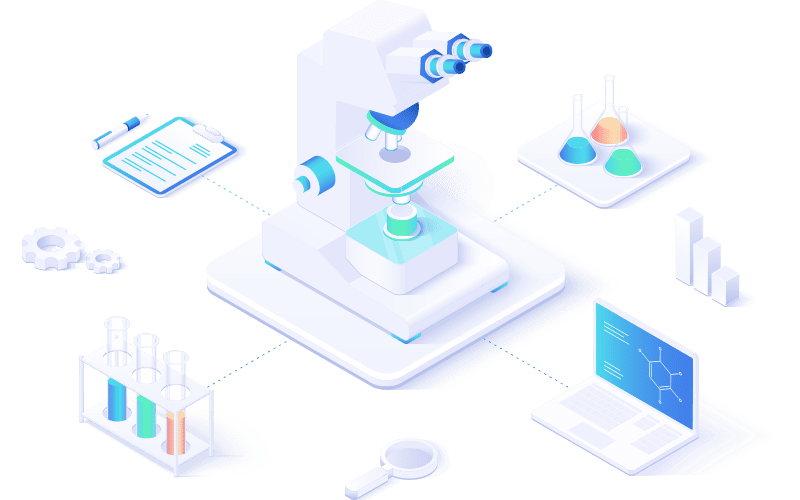
LIMS Suite
Seamless Sample and Workflow Management
The LabLynx LIMS Suite empowers laboratories with the tools needed to manage samples, workflows, compliance, and more in one centralized system. It’s the backbone for labs seeking efficient, reliable, and scalable management solutions.
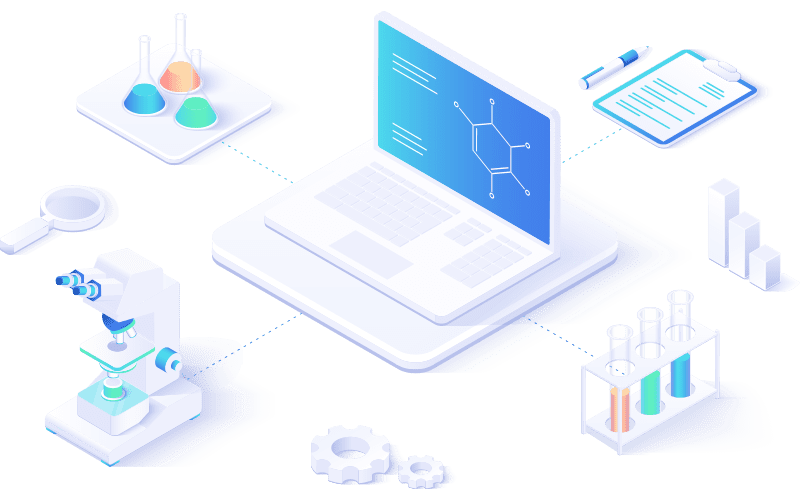
ELN Suite
The LabLynx ELN Suite offers a modern approach to managing lab data and experiments. With its secure, intuitive platform, your team can record, store, and collaborate effortlessly, supporting innovation every step of the way.
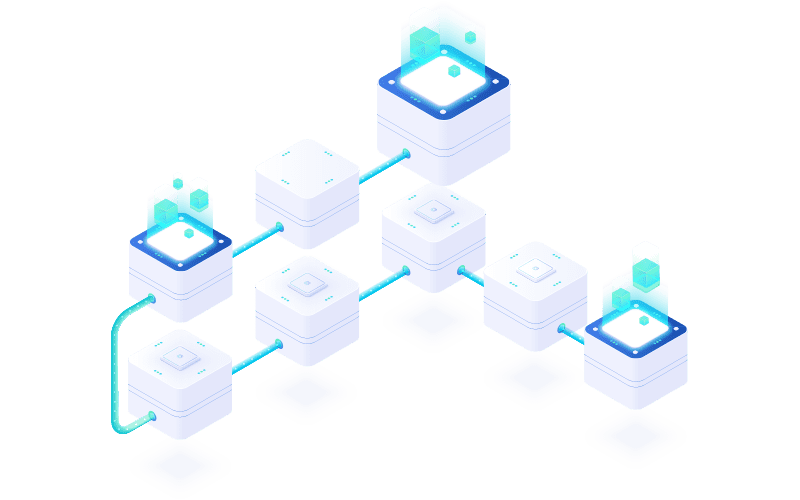
Lab Automation
Automate for Efficiency and Growth
Streamline operations and boost productivity with the LabLynx Lab Automation Suite. Designed for labs ready to embrace advanced automation, this suite integrates systems, instruments, and workflows to deliver efficiency at scale.
